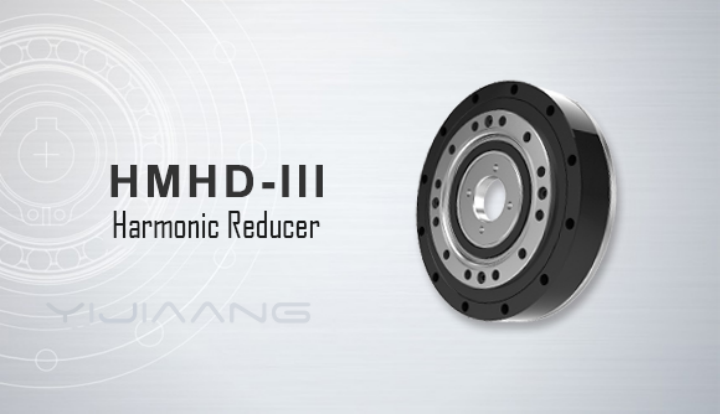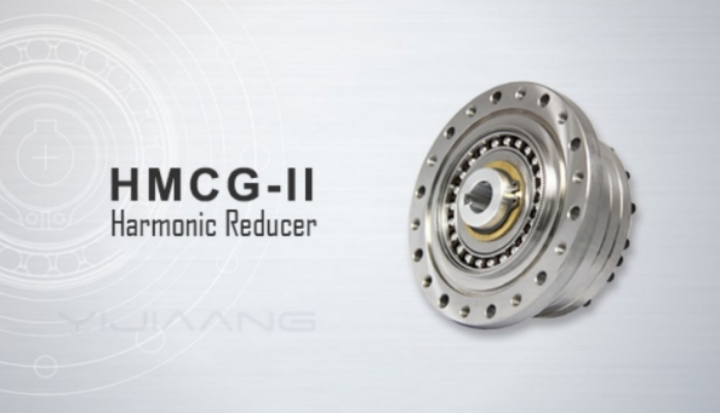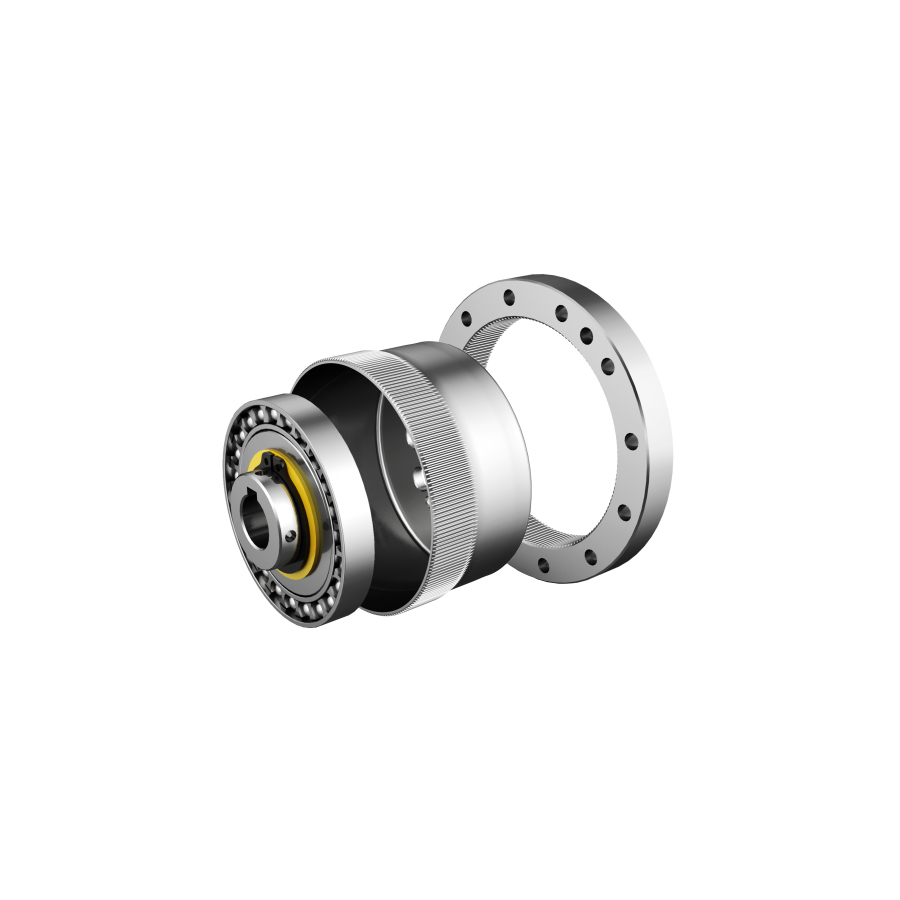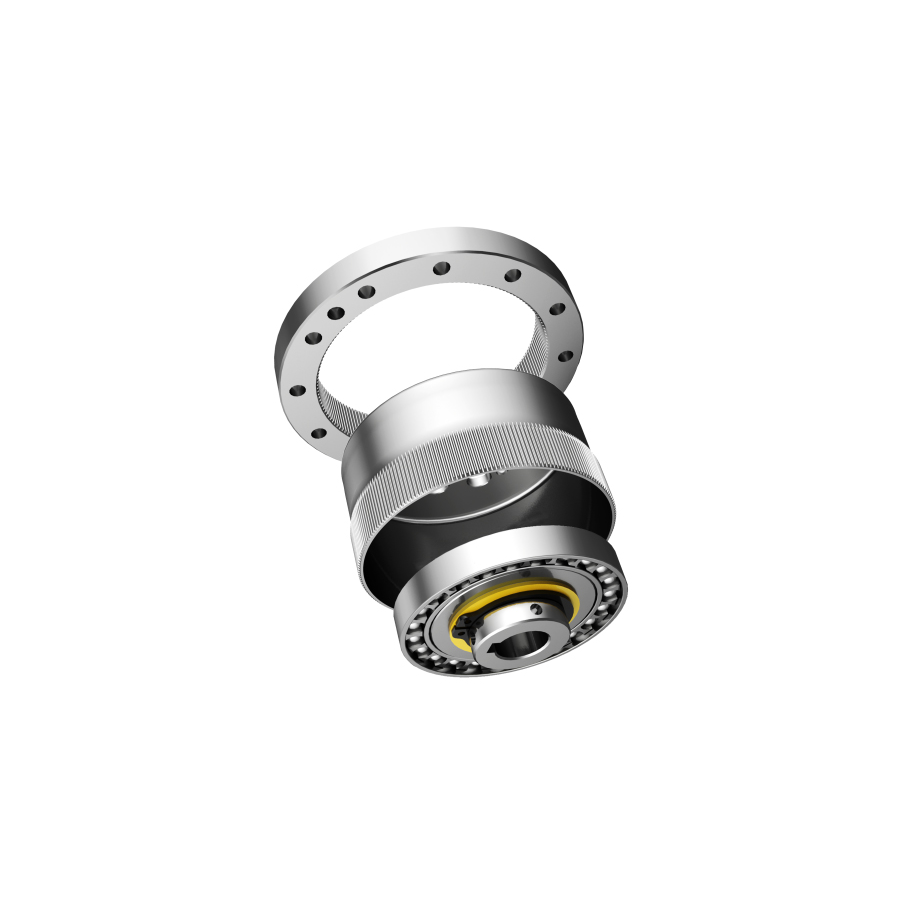Exploring the Working Principles of Harmonic Reducers and Their Applications
Harmonic reducers, also known as harmonic drives, are specialized gear systems that utilize the unique properties of elastic deformation to achieve high precision and efficiency in motion control applications. This article delves into the working principles of harmonic reducers, their components, and their wide-ranging applications across various industries.
Understanding Harmonic Reducers
Harmonic reducers are characterized by their ability to provide significant reduction ratios in a compact design. They consist of three primary components:
Wave Generator: This is the input mechanism that creates a wavelike motion. It typically consists of an elliptical cam and a flexible bearing that deforms elastically.
Flexspline: A thin-walled, flexible component that engages with the wave generator and transmits motion to the output.
Circular Spline: A rigid component that remains fixed and meshes with the flexspline.
The interaction between these components allows harmonic reducers to achieve high gear reduction while maintaining precision and efficiency.

Working Principle of Harmonic Reducers
The operation of a harmonic reducer is based on the elastic deformation of the flexspline caused by the wave generator. Here’s how it works:
Wave Generation: As the wave generator rotates, it creates an elliptical motion that forces the flexspline to deform into an elliptical shape.
Tooth Engagement: The flexspline has fewer teeth than the circular spline, which allows for a unique engagement process. As the wave generator completes a rotation, it causes two teeth of the flexspline to engage with the circular spline while two other teeth disengage, resulting in smooth and continuous motion transmission.
Reduction Ratio: The difference in the number of teeth between the flexspline and circular spline leads to significant speed reduction. For instance, if the circular spline has 100 teeth and the flexspline has 98, every complete rotation of the wave generator results in a two-tooth displacement, achieving a reduction ratio of 50:1.
This mechanism enables harmonic reducers to deliver high torque output with minimal backlash and noise.

Advantages of Harmonic Reducers
Harmonic reducers offer several advantages over traditional gear systems:
High Precision: With multiple teeth engaging simultaneously, harmonic reducers achieve positional accuracy within ±0.01 mm, making them ideal for applications requiring precise motion control.
Compact Design: Their unique construction allows for high reduction ratios in smaller sizes compared to conventional gearboxes.
Efficiency: Harmonic drives typically have an efficiency rating exceeding 90%, leading to reduced energy consumption and heat generation.
Low Backlash: The design minimizes backlash, enhancing performance in applications where precision is critical.

Applications of Harmonic Reducers
Harmonic reducers are widely used across various sectors due to their precision and compactness:
Robotics
In robotics, harmonic reducers are essential for joint mechanisms and actuators. Their ability to provide precise movement control makes them suitable for robotic arms used in manufacturing, assembly lines, and surgical robots.
Aerospace
In aerospace applications, where weight and space are critical factors, harmonic drives are employed in satellite actuators and other mechanisms that require reliable performance under stringent conditions.
Medical Devices
Harmonic reducers play a vital role in medical equipment such as imaging systems and surgical robots, where precision movements are necessary for accurate diagnostics and procedures.
Industrial Automation
In CNC machines and automated assembly lines, harmonic reducers facilitate accurate positioning and high torque transmission, enhancing overall productivity and efficiency.
Renewable Energy
Harmonic drives are utilized in solar tracking systems and wind turbine pitch control mechanisms to optimize energy capture by ensuring precise alignment with sun or wind direction.

Conclusion
Harmonic reducers represent a significant advancement in gear technology, offering unparalleled precision and efficiency for various applications. Their unique working principles allow them to excel in environments where space is limited but performance demands are high. As industries continue to evolve towards automation and precision engineering, the role of harmonic drives will likely expand further, solidifying their place as a cornerstone technology in modern machinery.
By understanding these principles and applications, manufacturers like Suzhou Yijiaang Automation Technology Co., Ltd can effectively leverage harmonic reducers in their product offerings, ensuring they meet the demands of today's advanced industrial landscape.
Understanding the Function and Benefits of a Harmonic Reducer in Mechanical Systems




